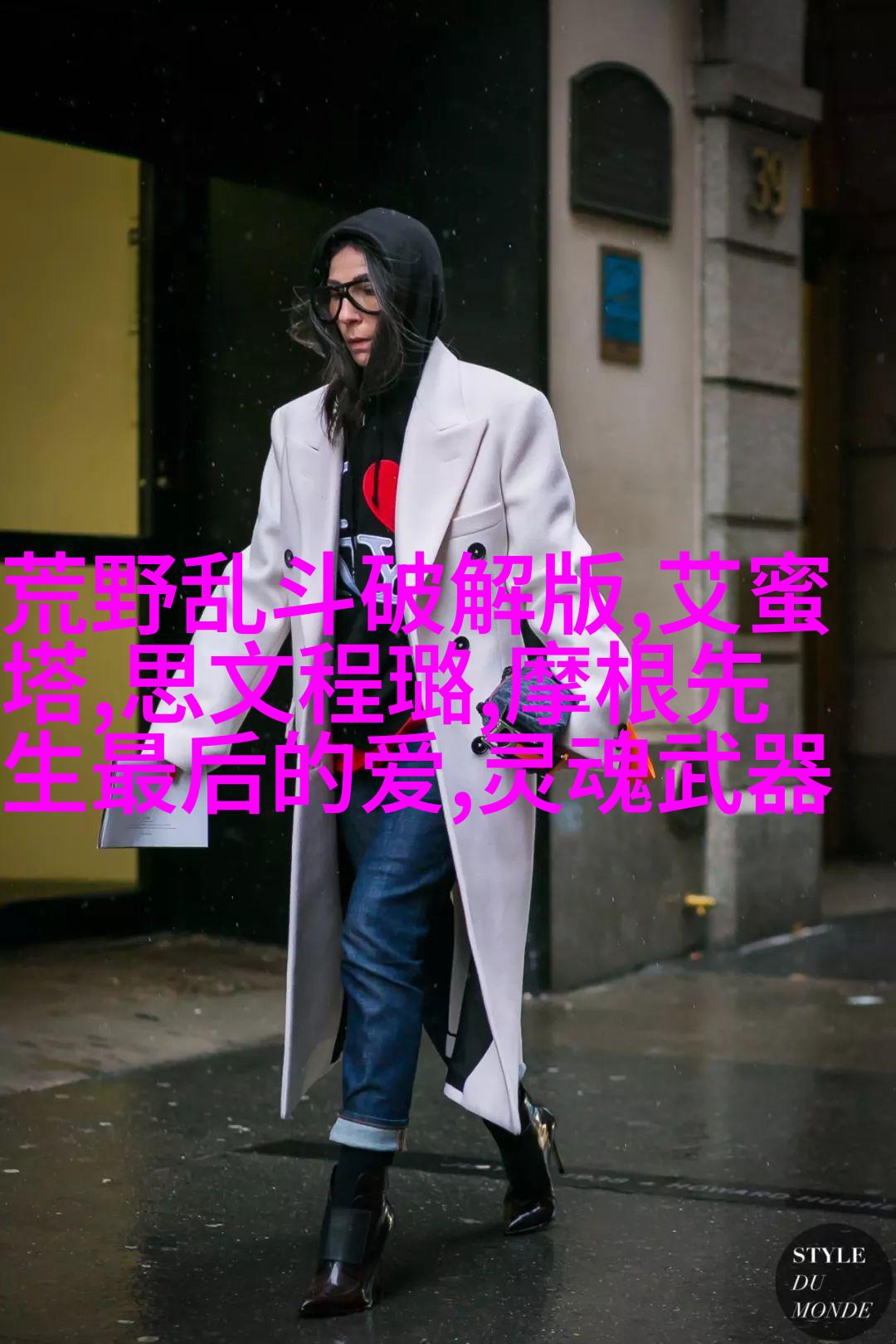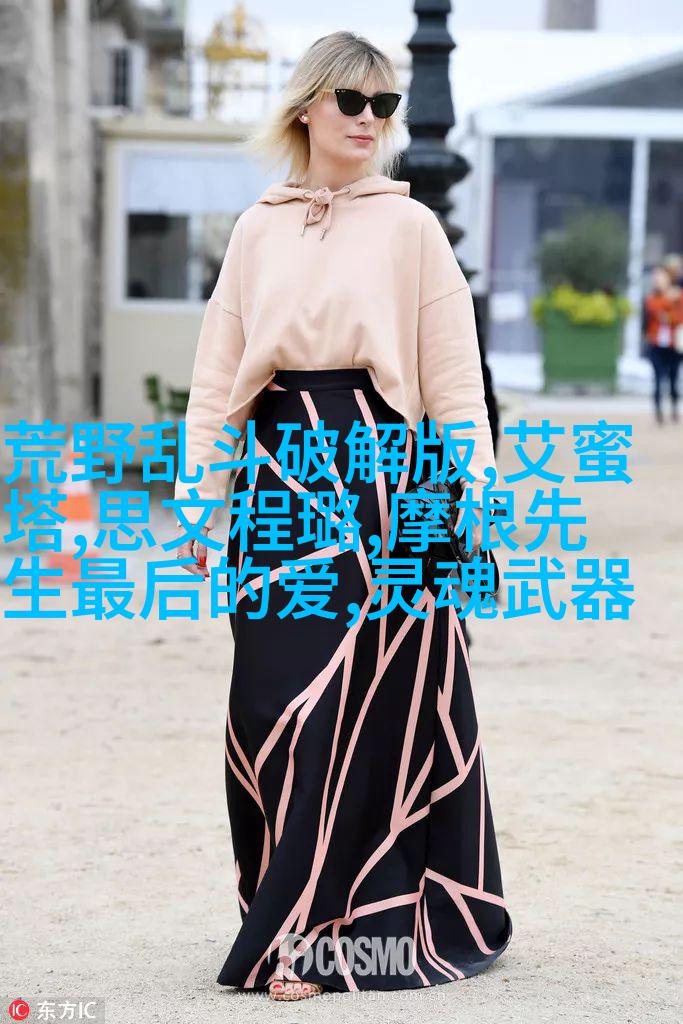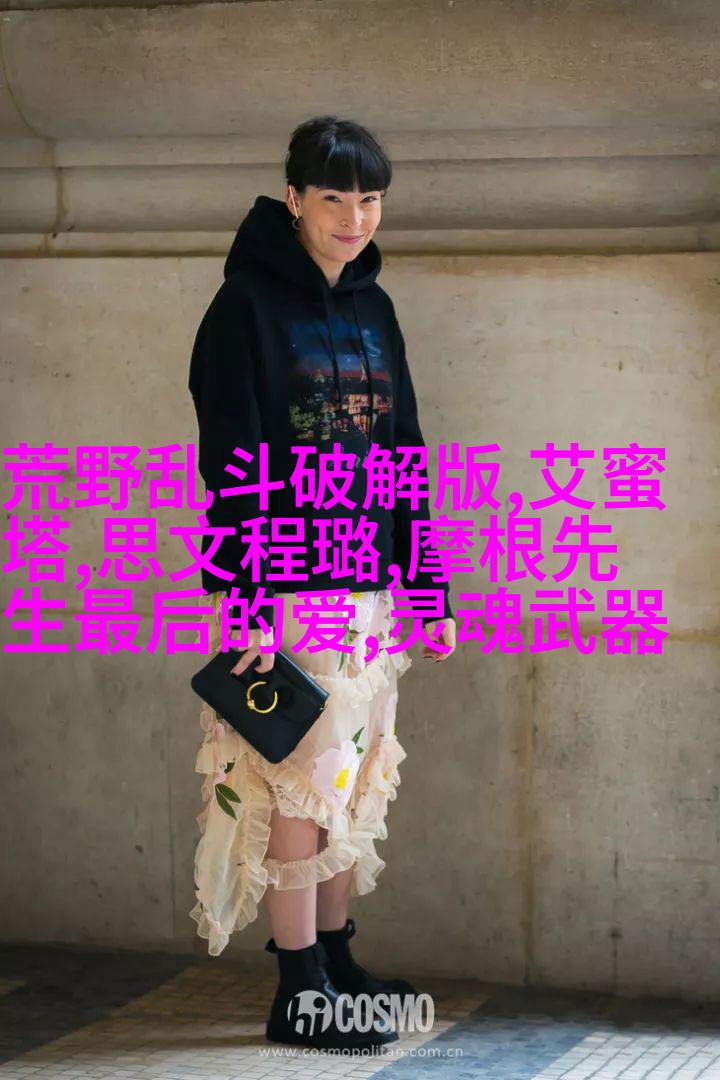日本童话般的校园风格学生制服文化探究
在全球多个国家和地区,学校或中学的学生制服一直是教育机构的一部分。然而,在日本,这种传统却具有特殊意义,它不仅代表着教育体系中的一个重要组成部分,更是反映了该国文化、社会结构以及对历史传统的尊重。在这里,我们将深入探讨日本校园中的学生制服文化,以及它所蕴含的意义。

1. 制服之美
Japanese school uniforms, often referred to as "seifuku," are an integral part of the country's education system. They are designed with a unique blend of functionality and aesthetics, reflecting Japan's emphasis on both practicality and beauty. The traditional Japanese school uniform consists of a white shirt or blouse, along with a skirt or trousers in navy blue or black. This classic design is not only comfortable but also easy to maintain.

2. 传统与现代融合
In recent years, there has been a growing trend towards incorporating modern elements into traditional school uniforms while still maintaining their core aesthetic appeal. Some schools have introduced subtle variations such as different patterns on the skirts or blazers for students in higher grade levels, allowing them to express their individuality within the boundaries set by tradition.

3. 社会规范与团队精神
Japanese school uniforms serve more than just a functional purpose; they also play an important role in reinforcing social norms and promoting teamwork among students. By dressing alike, students demonstrate respect for one another and foster unity within their peer groups.

4. 历史渊源分析
The concept of wearing uniforms dates back to Japan's Meiji era (1868-1912), when Western influences began shaping the country's culture and education system. In response to these changes, educators sought ways to instill discipline and order among young minds while also adhering to local customs.

5. 文化价值观的体现
The adherence to specific dress codes reflects Japan's cultural values that emphasize conformity over individual expression during formative years at school age children learn about cooperation through shared experiences like meals together in dining halls). Furthermore, it helps prevent bullying based on clothing choices—commonly known as "ganguro" fashion amongst younger girls—a phenomenon where some kids would adopt distinctive styles that made others feel excluded from mainstream activities.
6 未来展望:创新与适应性
While preserving its rich heritage is crucial for any society’s identity preservation efforts must be balanced with innovation if we want our next generations' ideas about what represents “tradition” evolve organically alongside societal progressions without losing sight of historical roots themselves being preserved too!
7 结语
In conclusion, Japanese student attire serves more than just as clothes; they embody collective pride & responsibility toward community members by fostering unity through shared appearance habits which were once inspired by Western influences but now represent deep-rooted cultural traditions rooted in history dating back centuries ago! So let us embrace this fascinating aspect from this world-renowned nation - giving homage both past & present - all while cherishing those cherished memories we create together under similar attire each day inside hallowed halls filled with dreams yet untold stories waiting unfold...